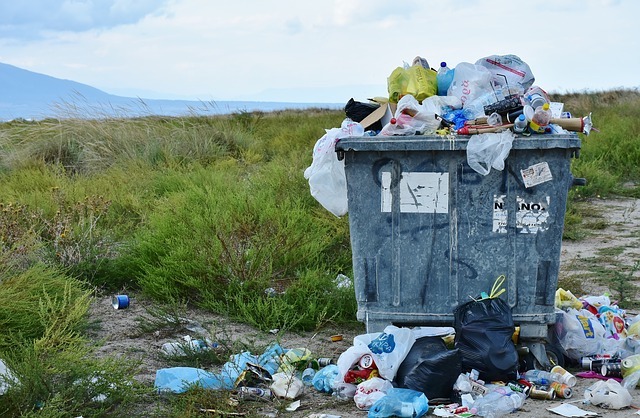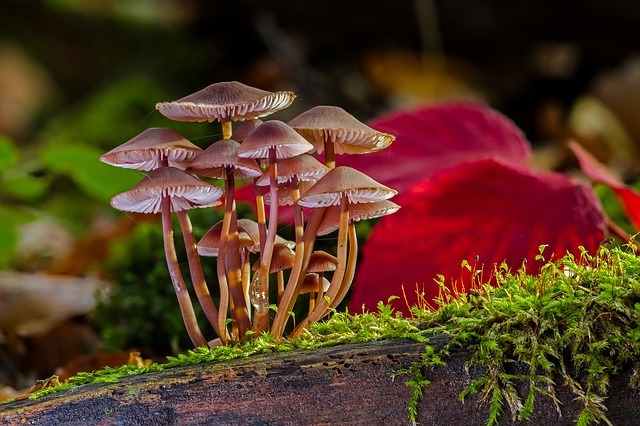Sommaroy is the name of the Norwegian island that is planning on completely getting rid of time. The island has 69 days of summer, which is why it’s often called “the Summer Island”. It’s also why they have come up with this crazy time-less idea.
Where the initiative stems from
The 300 hundred inhabitants of the island spend 69 days straight under the light of day. They lack normal timetables like we have. To them, it is strange for a child to have a curfew. If they had to tell them to come home when night falls they would see them again three months later!
Making the most out of it
The daylight allows them to make the most out of the time they have: you’ll find children playing football at 2 in the morning. How crazy? Given they already didn’t live like the rest of the world, it just made sense to them to completely remove any sense of time. The objective of this new no-time implementation is to remove stress, allowing citizens to live more freely and in peace.
An implementation many want
If the implementation does take place, Sommaroy would be the first zone worldwide to live without any sense of time. They aim is to formalize a system that suits their light-time better. All it needs is legislative approval, as it already has the approval of the citizens. They have even been called to hang their clocks from the bridge as a sign to show they are in favour.
For now, the initiative has come up just for summertime, but they are already looking at extending it to the whole year, even when day light is scarce. Would you dare living like this?

















